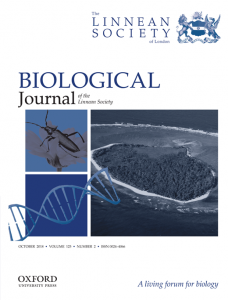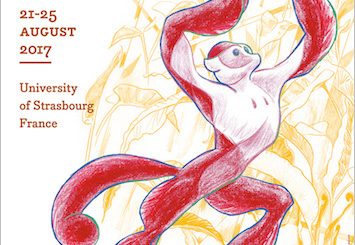Congratulations!!
 I’m very proud of my co-supervised student Maxime Taverne* who published his master’s thesis in the Biological Journal of the Linnean Society!
I’m very proud of my co-supervised student Maxime Taverne* who published his master’s thesis in the Biological Journal of the Linnean Society!
This work is part of my project on the Form-function relationships in the limbs. The objective is to better understand the differences in the musculoskeletal adaptations of animals with different locomotor modes.
The study by Maxime addressed three main questions:
(1) Do arboreal and terrestrial carnivorans differ in the functional properties of their forelimb musculature?
(2) If yes, what are the differences?
(3) Are there convergent adaptations to an arboreal locomotor mode?
In summary, our results showed that the forelimb musculature evolved in a convergent manner in arboreal species, resulting in more forceful and heavier wrist rotators and elbow flexors, even when accounting for phylogeny. This suggests that selective forces imposed by the environment drive the evolution of the muscular system towards a convergent phenotype that provides a functional advantage for locomotion in the complex three-dimensional arboreal habitat.
*Taverne M, Fabre AC, Herbin M, Herrel A, Peigné S, Lacroux C, Lowie A, Pagès F, Theil JC and Böhmer C (2018) Convergence in the functional properties of forelimb muscles in carnivorans: adaptations to an arboreal life-style? Biological Journal of the Linnean Society 125 (2): 250-263. DOI: 10.1093/biolinnean/bly123




Neueste Kommentare